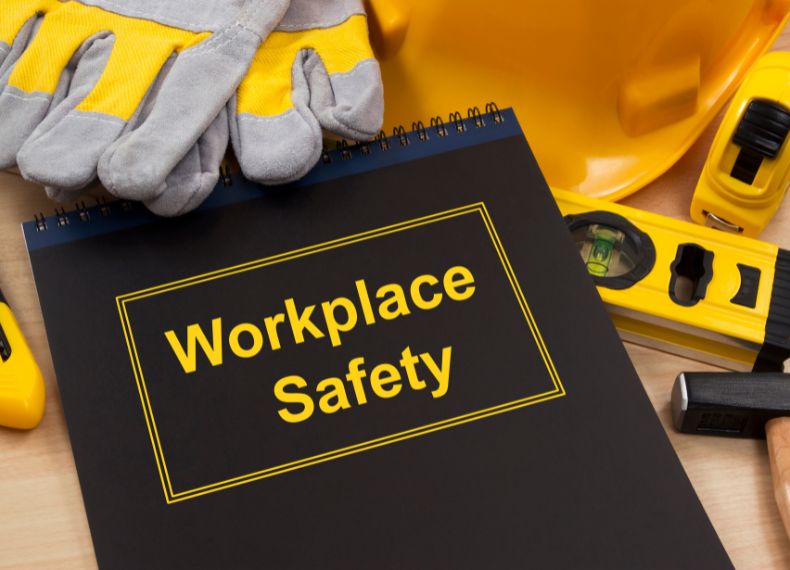Creating a safe and secure workplace for your employees is essential for their physical, mental, and emotional well-being. Workplace safety isn’t just about avoiding accidents that may occur due to hazardous work conditions—it also means implementing practices and policies to make sure everyone feels safe while they’re on the job.
In this blog post, we will explore why prioritizing workplace safety is so important, discuss different ways to ensure it in your business, and touch on regulations you should be aware of when running a business.

Define Workplace Safety and Its Importance to Employee Health
Workplace safety is a complex issue and it covers a wide variety of areas. Its core purpose is to ensure that everyone at the workplace is secure from potential hazards and risks that may arise out of operations or work conditions. It involves protection against situations like fire, falls, chemical accidents, electric shock, harassed behavior in the workspace, and more. The importance of workplace safety is undeniable since it ensures the well-being of staff members both physically and emotionally.
As the employer or manager, you are legally obligated to promote an environment that looks after the security of all your employees, tenants, and customers. Taking measures towards creating a safe workplace benefits everybody on various levels including improving morale, reducing injury rate, and boosting efficiency significantly.
Moreover with adequate safety protocols in place such as first aid supplies, evacuation instructions, and relevant safety equipment working personnel will be more motivated to show up for their shift every day with less fear of any harm occurring while on duty.
Employer’s Role in Ensuring a Safe Workplace
Employers have an important role to play in making sure that their workplace is a safe environment for their employees. They should take proactive steps to assess and manage potential safety risks such as having a robust fire safety plan in place, identifying any hazardous zones or materials present in the office, ensuring all employees are up-to-date with occupational health and safety training, and inspecting any machinery used onsite regularly.
Furthermore, employers should ensure adequate first aid provisions and provisions for other emergency situations are available to the staff at all times. Ultimately, keeping the workplace environment safe is paramount to providing a healthy work atmosphere that encourages productivity and job satisfaction among workers.
Identify Key Areas for Workplace Safety
Ensuring workplace safety is essential in any environment. It involves more than just creating a safe workplace; it requires ongoing assessment and minor modifications. The key areas to pay attention to include ergonomics, slips and trips, hazardous materials, electrical equipment, and fire safety.
Electrical equipment must be monitored for maintenance cycles as well as capacity limits for optimal function and safety. Finally, employers should look into fire safety such as smoke alarms, fire extinguishers, automatic sprinklers, training employees on proper reaction if a fire occurs, evacuation plans for emergencies, etc., so that all employees feel safe in the environment they work in.
Give Practical Advice to Take Workplace Safety Seriously
Ensuring workplace safety is an essential component of any successful business. Employers should strive to create a culture that values and encourages safety, from the top down with the help of EHS management software. To ensure workplace safety is taken seriously, employers should consider implementing training programs for employees and have regular refreshers to update workers on any new procedures or policies.
Additionally, employers should make sure they are up-to-date with applicable local labor laws and regulations, such as those covering hazardous materials. Calculating the right number of qualified staff and paying them accordingly, enforcing the use of proper personal protective equipment like gloves and masks, encouraging colleagues to speak up if they feel unsafe, and creating a safe environment for reporting and sharing accidents or incidents are core strategies employers can utilize to promote serious compliance with safety protocols.
By communicating expectations clearly, involving employees in safety discussions, monitoring safety performance regularly, and treating safety compliance scores as a metric of success, employers can trust that their investment in employee health will keep them ahead of the competition.











